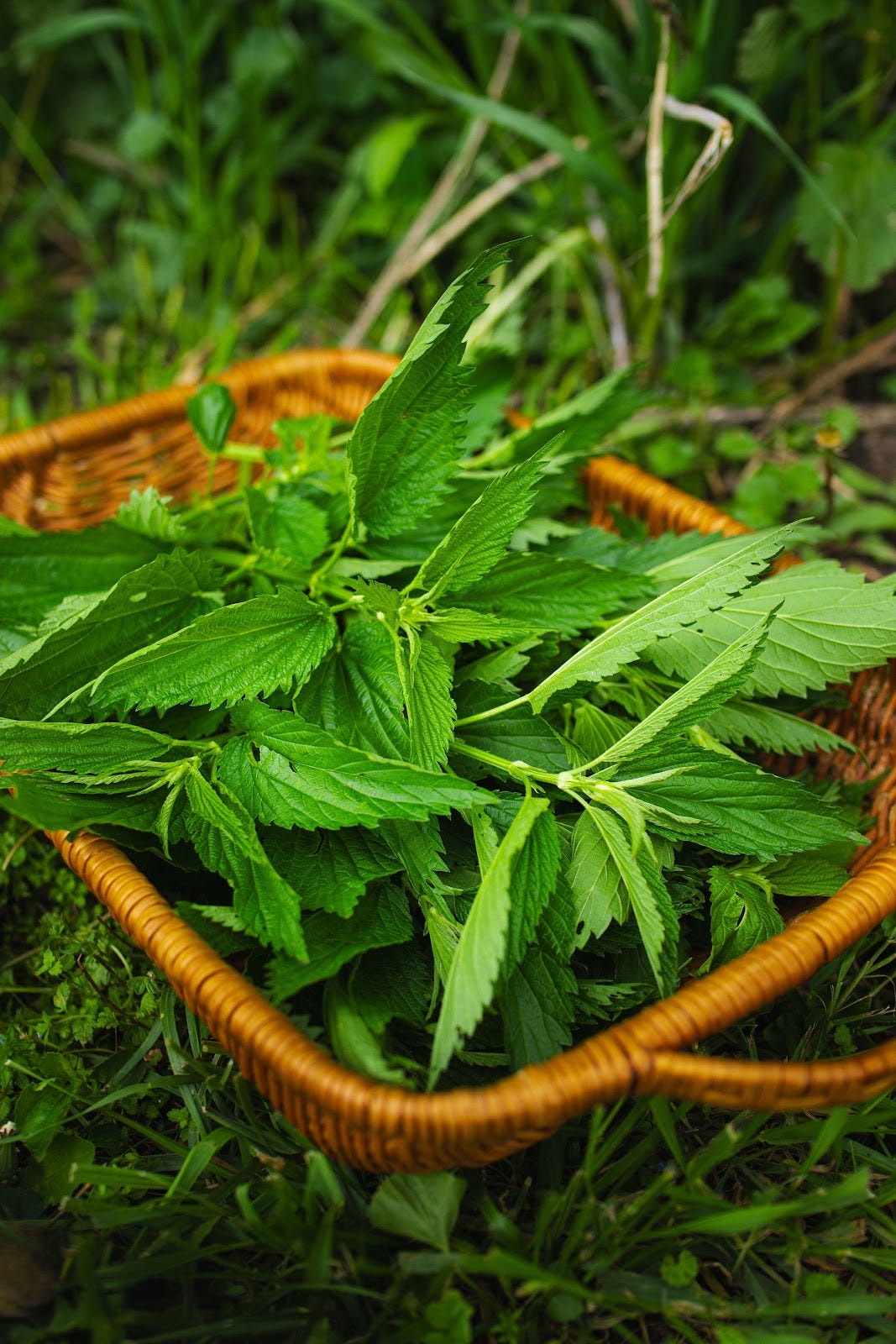The Humble Nettle
A Thorny Blessing on the Path of Life
As we walk through the woods and across the fertile lands of this country, it is ironic that the plants we most commonly despise may actually be among the most valuable and blessed.
What a profound lesson we can glean from one of the humblest of these plants. Imagine a plant that, when touched, inflicts an excruciating sting and a throbbing pain — and yet, remarkably, it also holds a wealth of benefits. Isn't that a powerful metaphor for our spiritual journey? As we travel through life, we often encounter paths that sting and hurt us, yet it is precisely these experiences — these exposures to pain — that can heal us of our spiritual ailments.
You may be wondering: what plant are we speaking of? It is none other than the humble nettle. Scattered across fields, woodlands, and roadsides, often dismissed as a mere weed, the stinging nettle carries a rich and noble history. Once deeply entwined with medicine and folklore, it was revered by those who recognised its true worth.
Indeed, the sheer variety of plants, their intricate design, and their countless benefits give us much to reflect upon, and much reason to glorify our beloved Creator. As the Qur'an beautifully reminds us in Surah Ar-Rahman:
He laid out the earth for all beings: in it are fruit, palm trees with date stalks, and grain with husks, and aromatic plants. (Quran, Surah Ar-Rahman, Chapter 55, The Beneficient, Verse 10–12)
Let us, then, turn our attention to the stinging nettle:
A History Rooted in Tradition and Folklore
Nettles have a long and distinguished history in both folklore and traditional medicine. In Norse mythology, the god Thor is associated with nettles; it was believed that burning nettles during a thunderstorm could protect one from lightning.
Such rich symbolism speaks to how deeply nettles were valued. While the ancient Egyptians used nettles medicinally, around the same time in Bronze Age Denmark, people were weaving shrouds from nettle fibres. Across Europe, nettles were a staple — providing food, drink, clothing, and healing.
However, by the 18th century, the nettle's prominence faded. It came to be seen as a plant of poverty, associated with those who could not afford finer medicines or cloth. Nevertheless, during both World War I and II, nettles regained their importance: the British government ordered 100 tons of nettles, valuing them as an effective source of dye for military camouflage.
Traditional Uses
The earliest recorded medicinal use of nettles dates back to Ancient Egypt, where infusions were made to treat arthritis and lumbago. The practice of urtification — flogging oneself with fresh nettles — was believed to stimulate circulation and was used to treat ailments such as rheumatism, lethargy, paralysis, and even typhus and cholera. Roman soldiers also practiced urtification to revive tired legs during long marches through the cold northern climates.
The renowned physician Hippocrates listed some 61 different nettle preparations. In the Greek medical text De Simplicibus, nettles were recommended as a diuretic and laxative, and for treating dog bites, gangrenous wounds, swellings, nosebleeds, excessive menstruation, spleen disorders, pleurisy, pneumonia, asthma, fungal infections, and mouth sores. Later remedies even combined nettles with hemp to treat shock, while nettles alone were used for shingles and constipation.
Today, nettles continue to be used in various forms: as teas brewed from leaves and roots, as powdered roots for medicinal purposes, and as young shoots in cooking. Their fibres have long been prized for making cloth and cordage, reminding us of how nothing in creation is without value.


